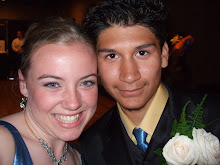Robert Frost once said, “In three words I can sum up everything I've learned about life. It goes on.” Unfortunately Frost was incorrect. The lives of everyone in the world will one day come to an end; this is true of the lifetime of every man woman or child that currently walks the earth. Realization that there will come a moment when life ceases to go on will, at some point, grip everyone. A part of life is embracing that man is mortal and life must be lived with the knowledge that one day there will be death; this realization has many profound effects on different people. As life goes on, people are able to see their time left on earth growing shorter. This is not only seen in people’s own lives but it is also seen in the lives of the people around them. Some will see the lives of others growing shorter and appreciate their own time left to live. This point is illustrated in Shakespeare’s poem “That time of year thou mayst in me behold.” Using images such as trees in the fall, setting suns, and fires burning to ash, Shakespeare is able to impose on the reader a sense of mortality and illustrate the futility of life. The procession of images creates this sense of time growing shorter, the poem begins with a season, is shortened to a day, and then a fire, of which, nothing will be left. The speaker describes these images and he says that they can be seen within him. The speaker tells the listener that because he can see these changes occurring, the listener must appreciate life because his life too will one day burn down and be nothing but embers.
Image from: Det Danske Spejderkorps, Jambo, Official Newspaper of the 2nd World Jamboree, 1924 "http://www.pinetreeweb.com/1924-wj2-young-&-old.jpg"

No comments:
Post a Comment